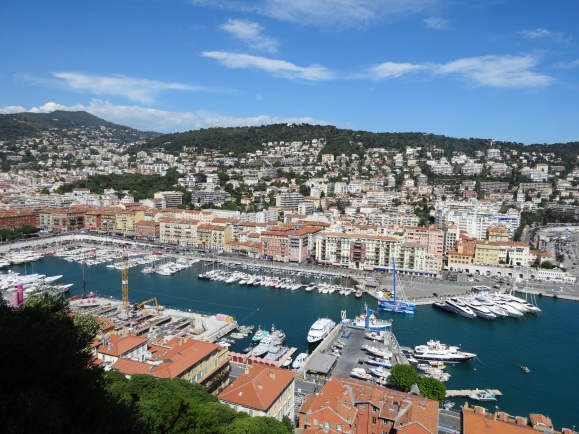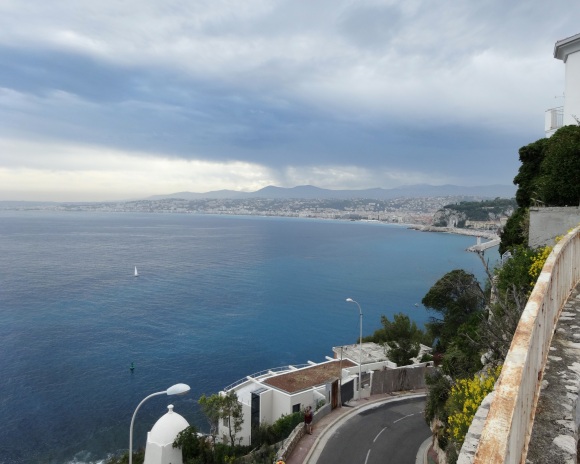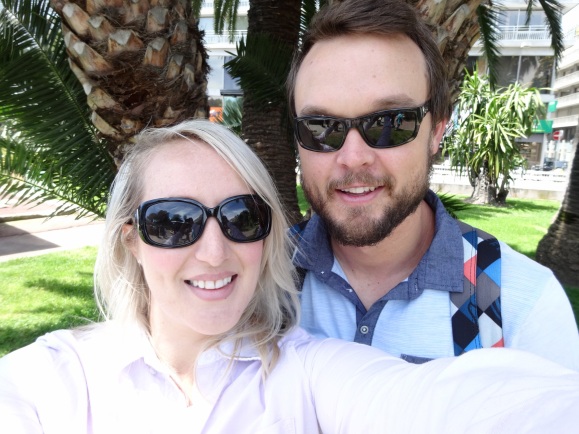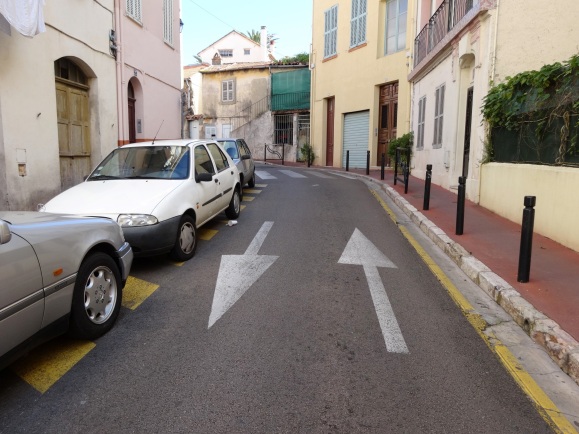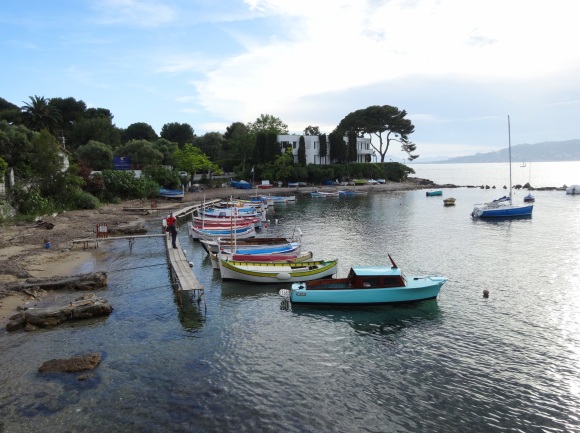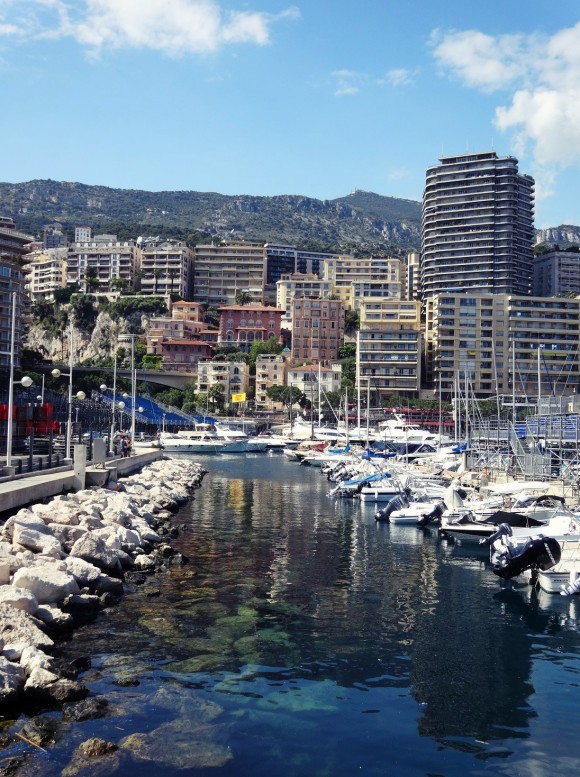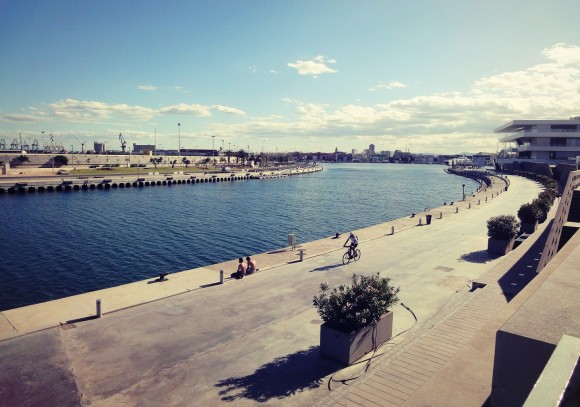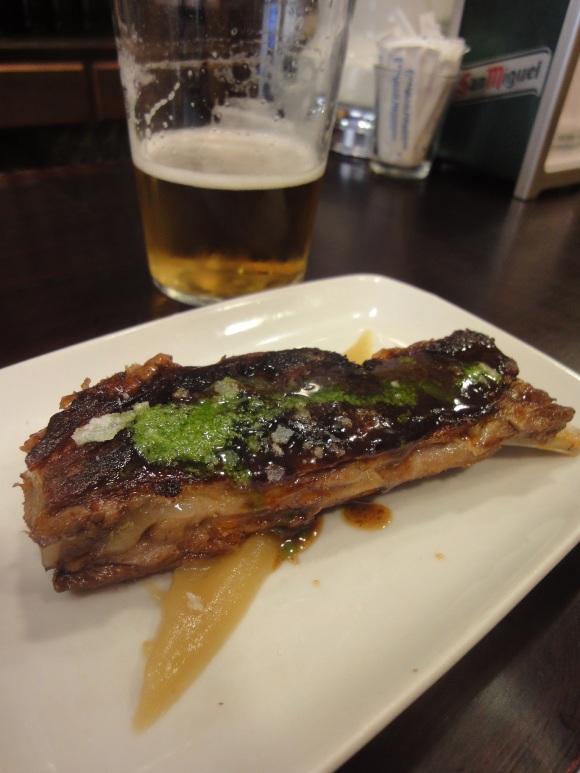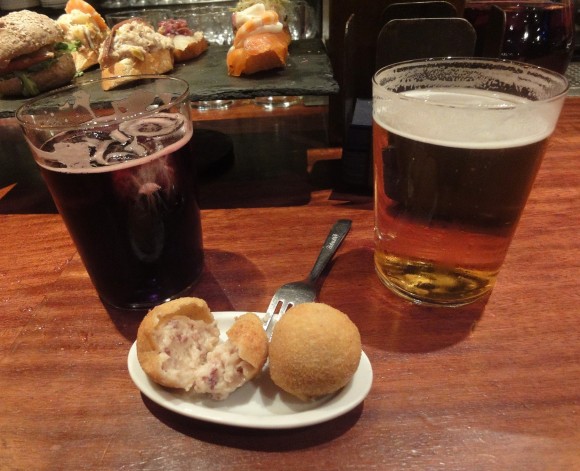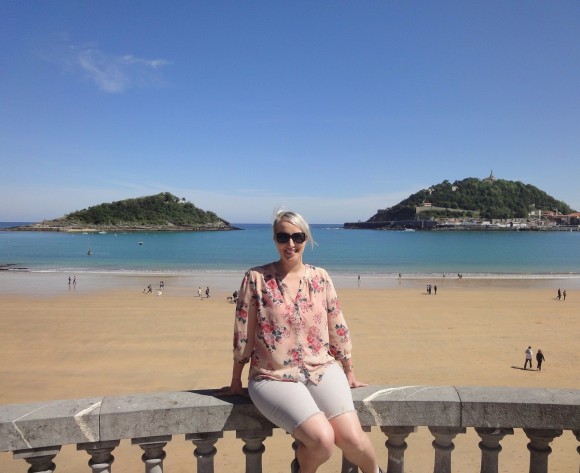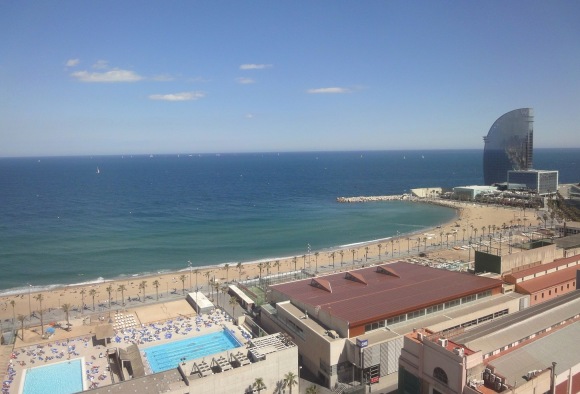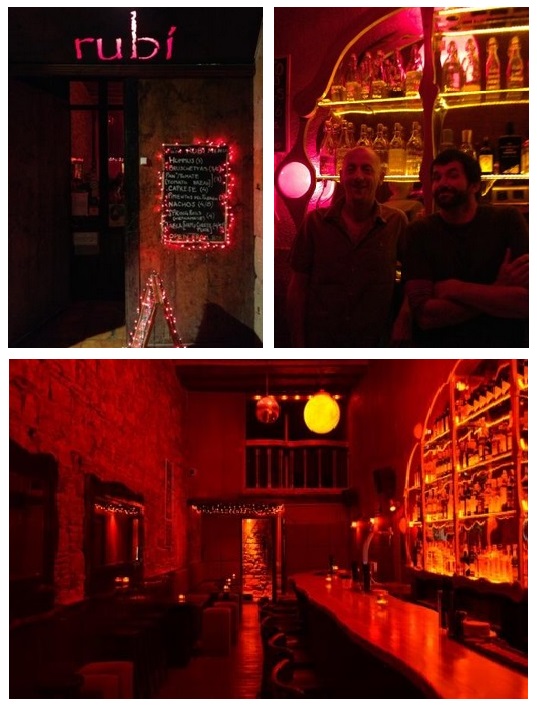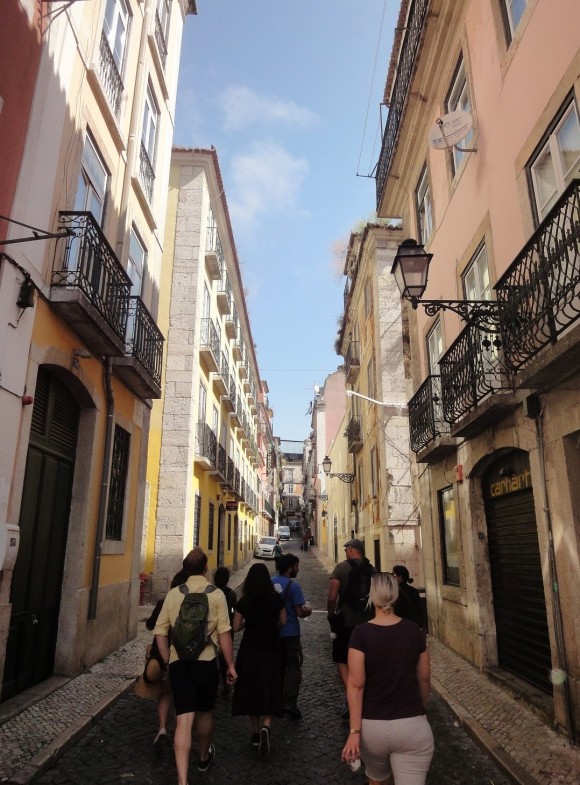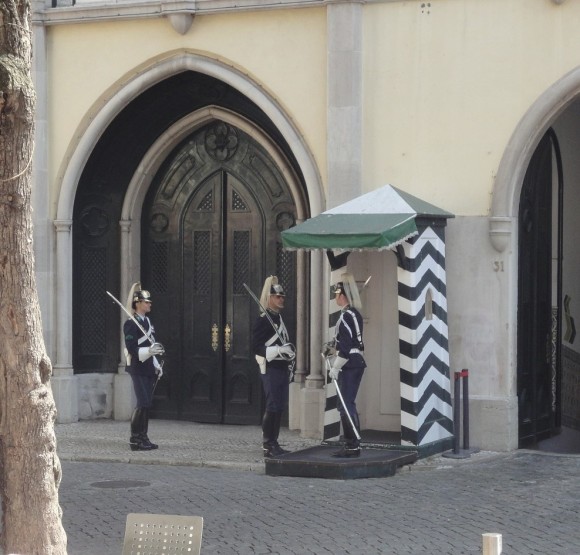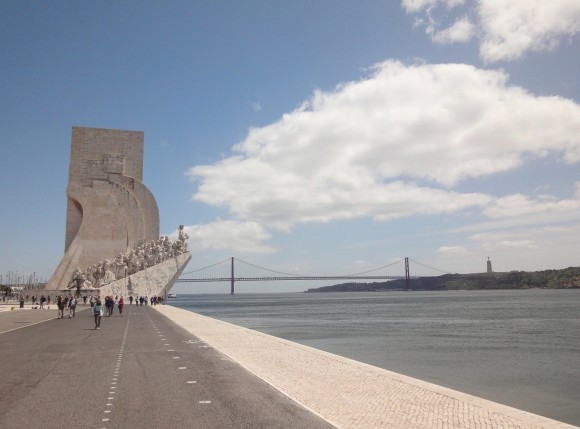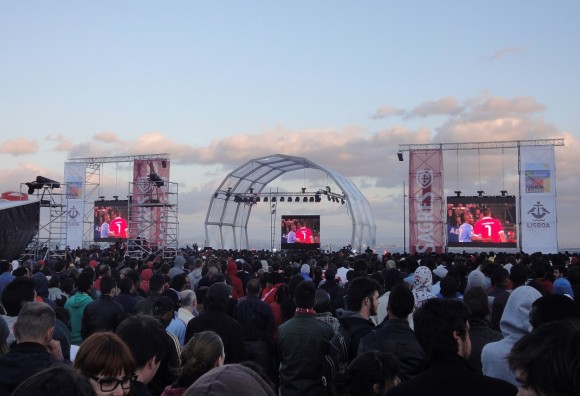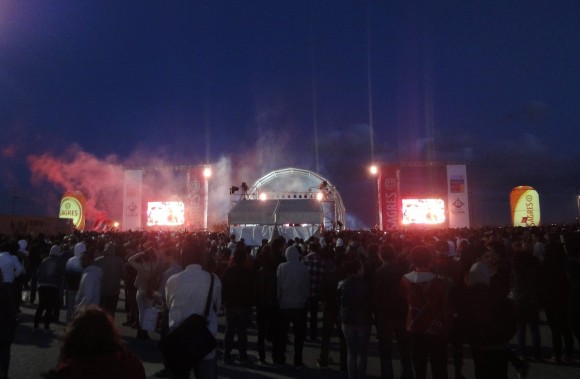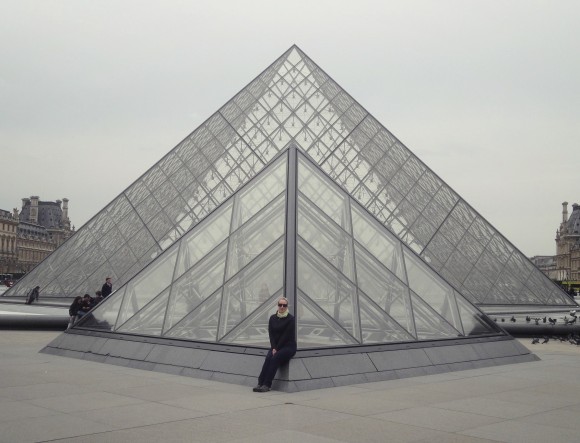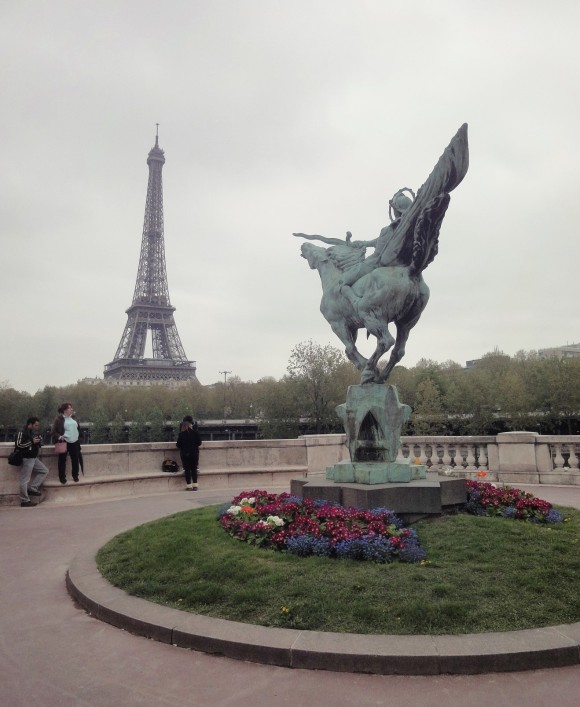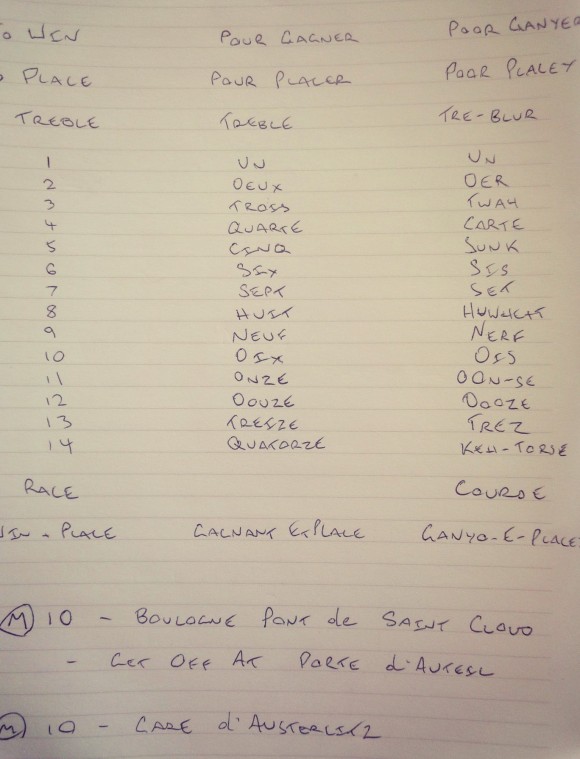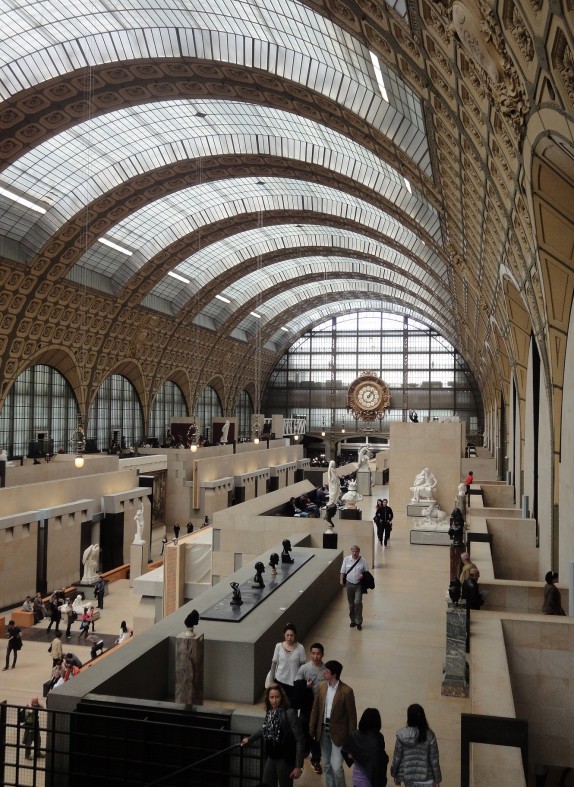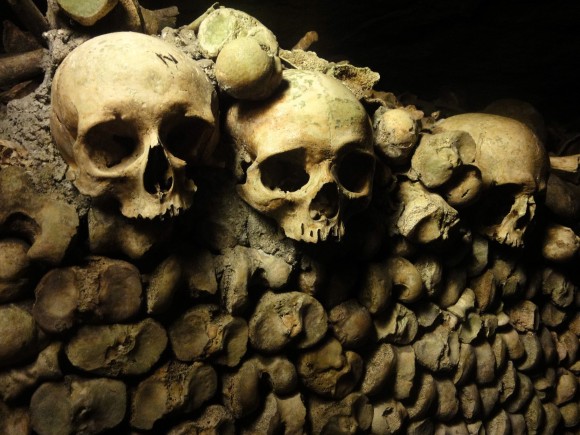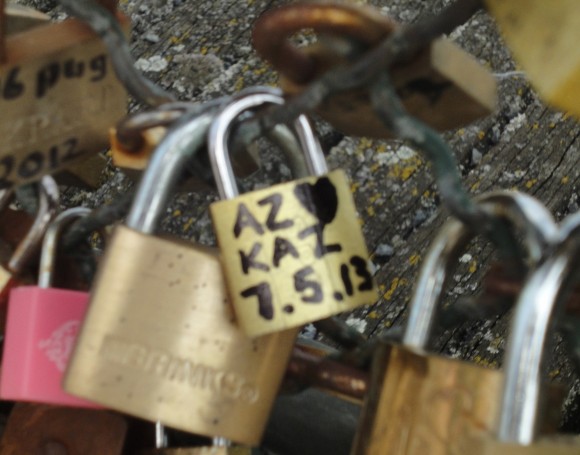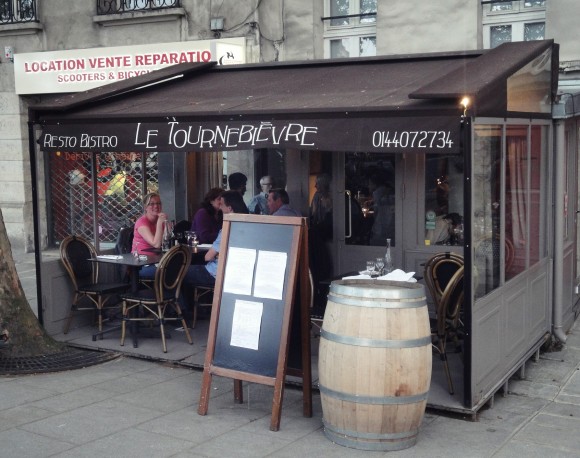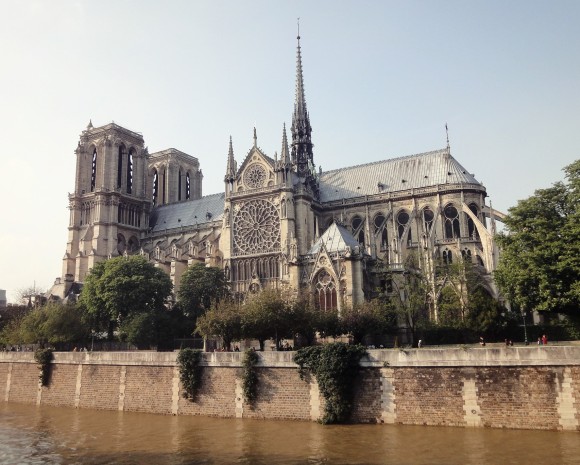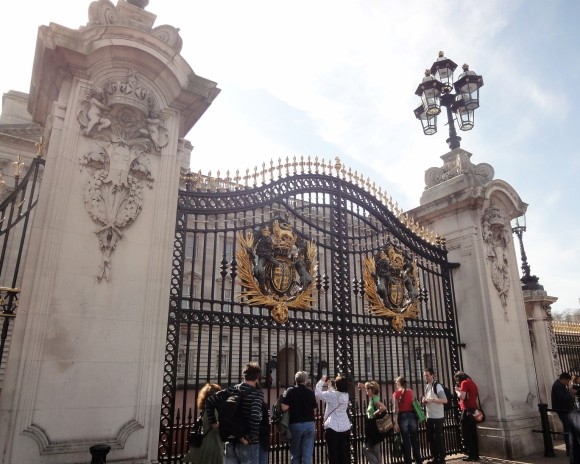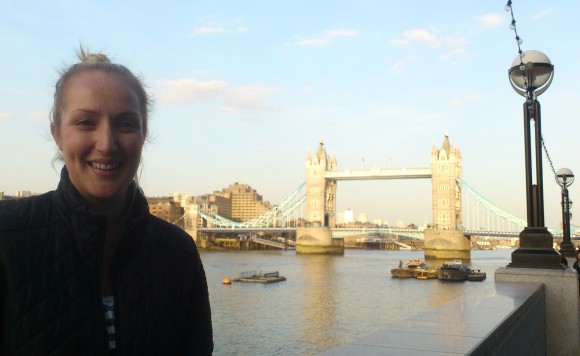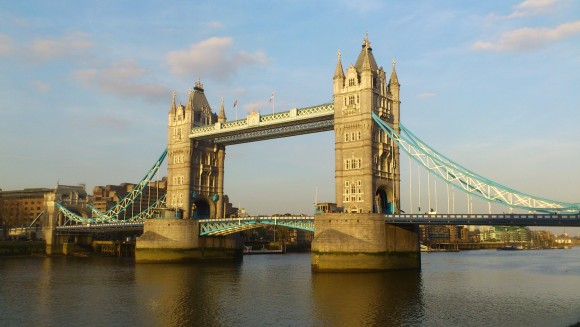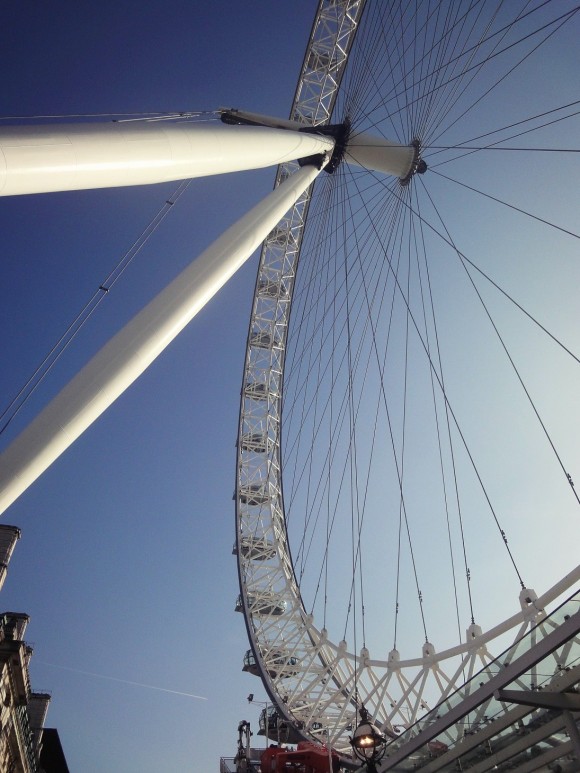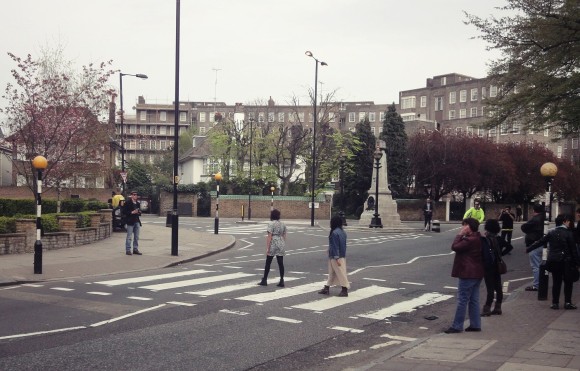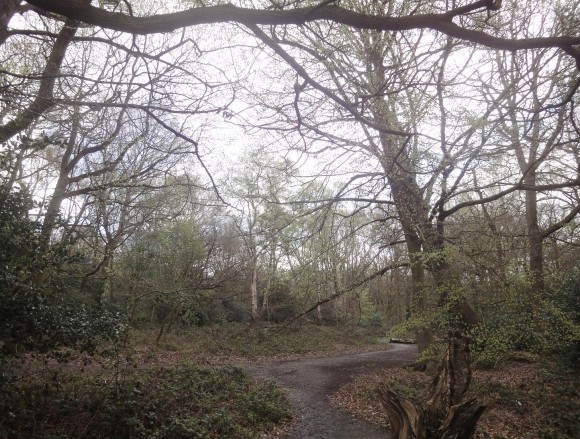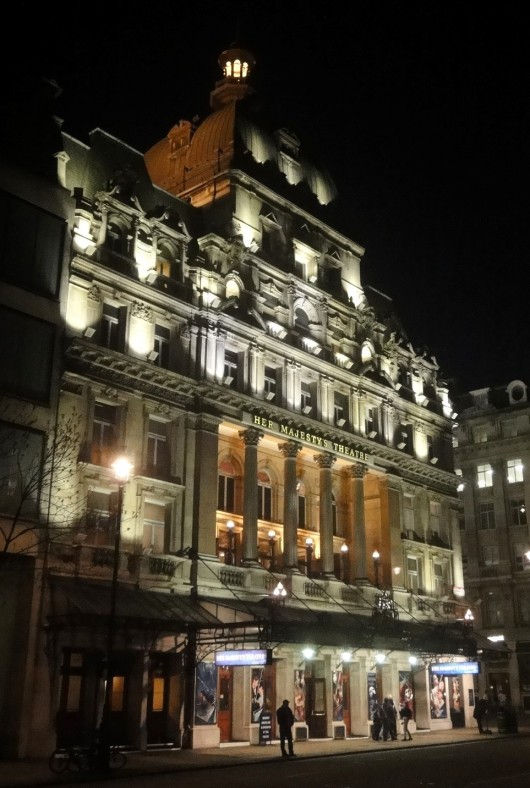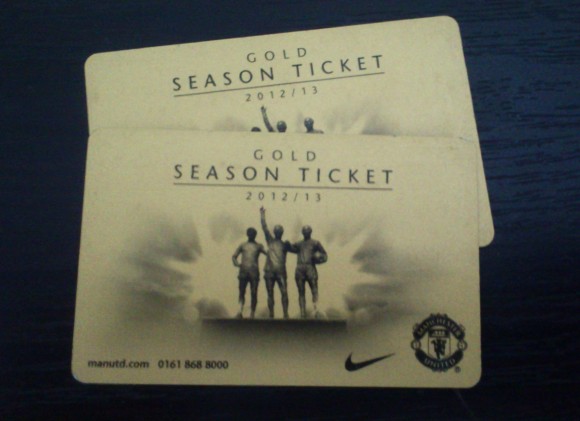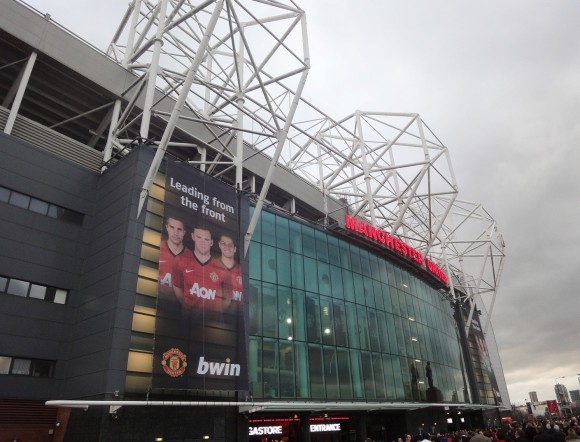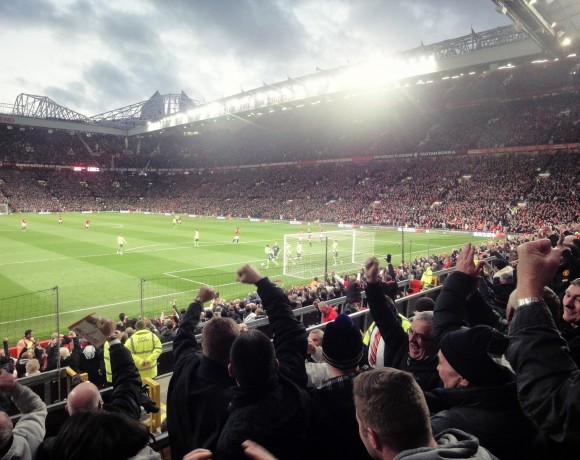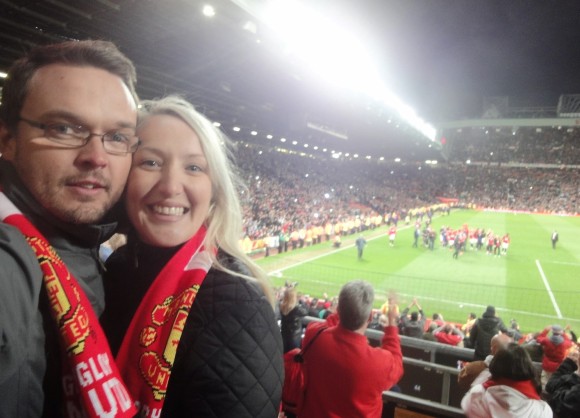After leaving Paris we had planned to spend the best part of a month in Spain, and Madrid – as the Capital – was a logical entry point. There are a lot of exotic destinations across Spain that have probably surpassed Madrid in a tourist sense, but it still held a lot of intrigue. It is a buzzing international city – home to the most successful football club in Europe and a slowly diminishing reputation as a fashion capital.

We had rented an apartment in an area of central Madrid just off the bustling Gran Via. The owners advert for the apartment warned that if you were looking for rest and relaxation, then don’t bother coming to Madrid. We were excited by this, but had no idea what we were in for. Madrid is Europe’s equivalent of New York ie. the city that never sleeps. Our first night was a Wednesday and tired from the transit we were ready for bed at 10:30pm. Unfortunately no one else was. Things are only just getting started for the locals at this time, and the comings and goings roll right through to 5am. If this was a Wednesday then what was Saturday going to be like? We decided (for our own sanity), rather than try to fight it – it was easier to just join in.

We also learn very quickly the other hallmark of the Madrid way of life – honking. Car, bus, truck, van, scooter, whatever. And we aren’t talking quick on the horn if you do anything wrong, it is sustained honking. The back streets off the Gran Via are ridiculously small single lane passes that amazingly form part of some bus routes. If a delivery van does a drop off for one of the many restaurants, then the bus can’t get through – the result is the bus driver sitting on the horn until the van is moved. This can take 20 seconds or an outrageous five minutes for one we witnessed over the balcony.
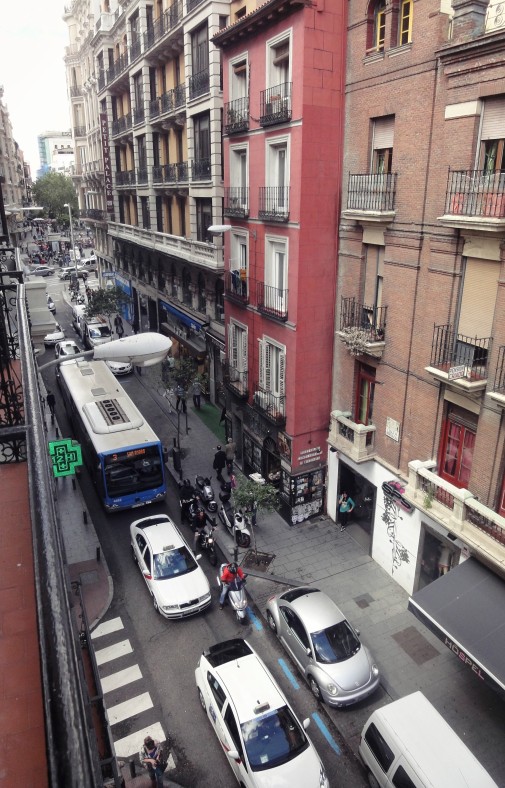
After our great experience in Paris, we again opted for a free walking tour on our first day to be introduced to the city. With the same company, Sandemans, we landed a quirky Scottish lad who had made Madrid his home. He told a funny story about struggling to adapt to the local way of life after leaving Scotland. In his first week out of the cold of the north he was sitting down to eat dinner at 6pm when the waitress asked in broken English “are you enjoying your lunch, sir?”

Our tour traversed the main streets and plazas, the old city walls, the Royal Palace and a quirky nunnery famous for baking delicious cookies. The nuns live in a private convent and never show their faces in public. To purchase the cookies you turn up to the door, buzz in, walk down a hall to a shutter where the nuns will communicate (only in Spanish) from behind the door. You put your money on a rotating stand, swing it around and cookies will be presented on the other side. This has apparently been going on for decades. Apparently the nuns enjoy any language that is not Spanish and can be heard giggling from behind the door at poor English attempts at Spanish.

We also get a brief history lesson on Tapas – a great Spanish eating tradition. Tapas are small appetizer or snack sized portions of food that are served at bars and pubs when a drink is purchased. They are also served in restaurants usually with a cost associated. There are a few stories around about how it started, so our guide fills us in with the two most likely scenarios. Firstly, tapas is derived from the Spanish word ‘tapar’ which means ‘to cover’. During the hot summers, fruit flies used to be drawn to sherry and wine, so bar and restaurant owners came up with a novel idea of placing food over the glass. Usually this would be ham or chorizo (salty snacks) that would be eaten at the end and spur on a thirst for another drink.

Secondly, a story goes that an earlier Spanish King had people working in the southern regions building palaces and residences for him and his family. His developments were taking a lot longer than he thought they should, and found out that almost nothing got done after lunch on a working day. This was because the poorly paid workers would go to lunch and only have enough money for food or drinks, so they almost always took the latter. When the King found out about this, he decried that no establishment in the southern regions shall serve alcohol without food, thus keeping the workers sober and more productive. I’m not sure if that is true, but makes for a good story.
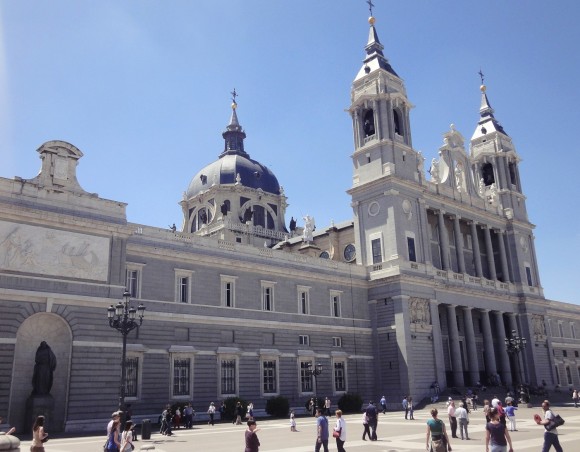
Our guide concludes the tour with a story about the state of modern day Spain and an interesting tale about the current King Juan Carlos I. In 2008 he was voted the most influential Spaniard of all time. Our guide was quick to temper the immediate thought that this was a rigged vote, by detailing that despite him overseeing Spain’s worst economic hardship and his reputation for womanising, he was responsible not only for introducing democracy and downsizing the role of the aristocracy, but saving the democratic way of life from two separate Army-backed coups. For this he is held aloft almost universally by the country’s population.

The next day we went back to a few of the sites we had passed on the tour for a more detailed look. This included a chocolate con churros stop-off at a very famous place that is open 24 hours. We visited the Prada Museum, a couple of old churches and the stunning Royal Palace. The latter is now just a tourist attraction as the King has chosen a more private residence out of the city. The Palace has a huge square at the front, to the east is the central part of Madrid, and on the western side you can stand and look across the beautiful rolling hills. Way off in the distance on the tallest mountain is a blanket of snow – remarkable considering it is 35 degrees in the Palace square. They were very strict on photos inside the Palace, particularly in the private church area which was the most opulent and extravagant room Karina and I have ever laid eyes on. Worth the admission alone. 

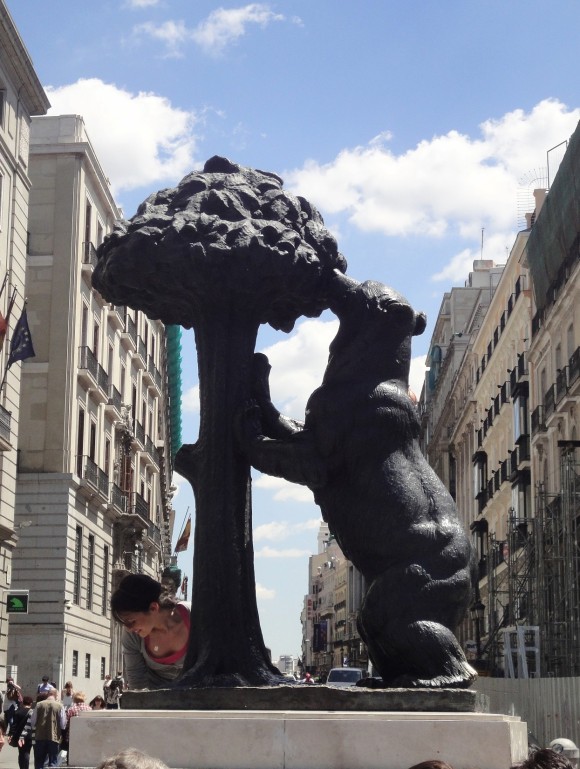




Our next day is spent in the beautiful Retiro Park – an Oasis in the centre of Madrid. It has a number of lakes and historical buildings dotted around the precinct and locals strewn across the grassed areas basking in the seemingly perpetual sunshine.


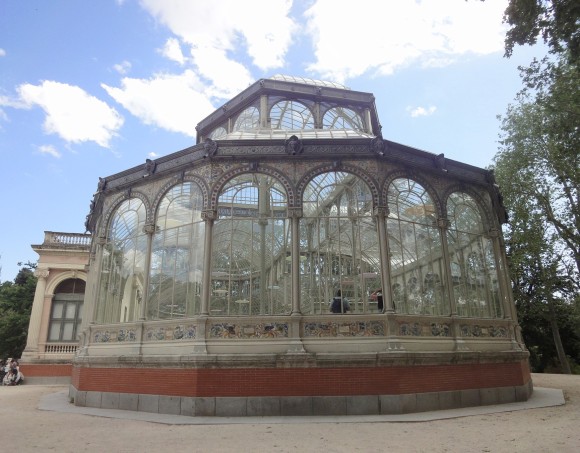
During the first few days we had sampled a few tapas bars, but it was all fairly basic fried food. For the good stuff you usually have to pay. With a bit of research and Trip Advisor assistance we were able to undertake a self-guided free tapas tour around the city centre on Saturday evening. There was six stops on the map going the full spectrum from modern wine bar to very traditional Spanish cantinas complete with old men playing cards in the corner. The price for a small beer or glass of local wine ranged from $1 to $4, and you would be served a share plate with either chorizo, ham, baked potato and sometimes a small plate of paella. One of the later places dished up a beautiful plate of barbequed lamb pieces, and with a beer and a glass of wine somehow our total bill only came to about $3 AUD.

After the tapas tour, we had planned to sample the nightlife but realised it was only 11pm. On a Saturday night, the good bars and clubs can still be empty at 1am. We meandered around and with a cool change sweeping through we took up in a jazz bar / nightclub not far from our apartment. About 2am it started to fill up and we met an extremely nice group of locals and partied with them long into Sunday morning. When the sun appears everyone starts to head home and there are as many people on the streets as there is at midday on a weekday.
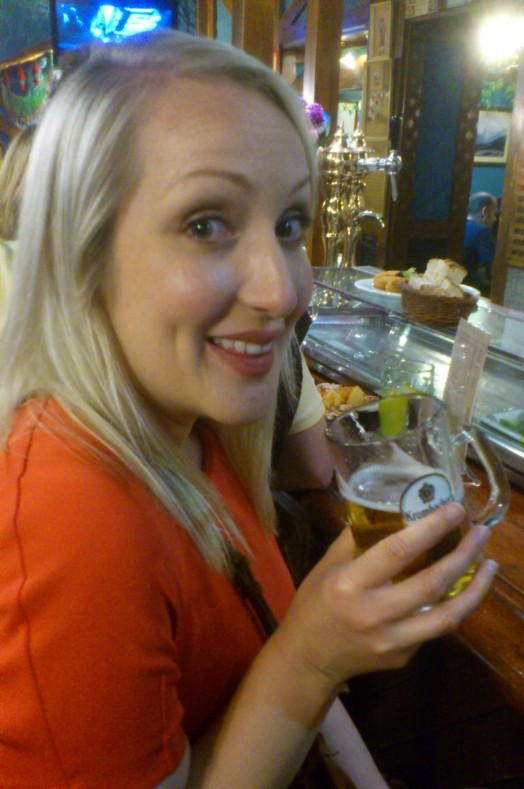
After a pizza stop it is off to bed. We arise late in Sunday afternoon with a couple of hours to spare before heading for an evening at Las Ventas – the traditional home of bull-fighting in Madrid. I had always been intrigued by this so had it as a ‘must-do’. In typical Madrid style, we had no idea what we were in for.

Bull-fighting is a controversial topic both inside and outside of Spain (in progressive Barcelona it has been banned for some time). I understood this to be because the bull is sacrificed at the end of the event. But I was way off. Unfortunately I hadn’t even prepared Karina for this part of it, so she went in thinking it was just fancy traditional costumes and controlled duelling between man and beast.
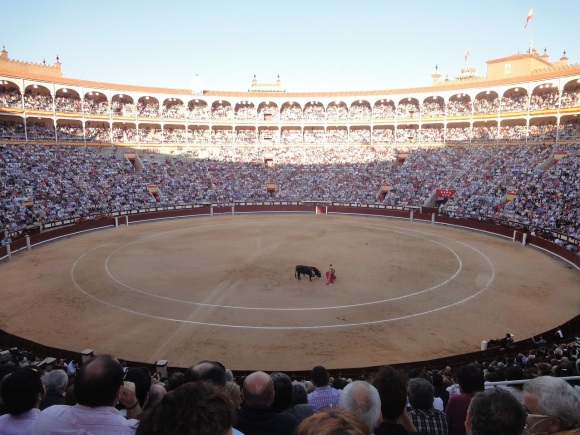
We arrive and take our seats – we had purchased mid-range tickets out of the sun for roughly $50 AUD each. They can get up to $300 to be down on the fence. Remarkably expensive for a country in financial disarray. The arena is packed with about 10,000 people. It is a stunning sight. And we don’t have to wait long for things to get underway.


We should probably have read up a bit more about what happens in each ‘fight’ before arriving, to at least minimise the shock. Your standard fight runs something like this – the bull is released into an empty bullring and gradually a handful of men (the equivalent of Spanish rodeo clowns) jump in and out to stir the bull up and hold its attention, while the matador observes the bull’s behaviour. They have small alcoves around the ring to hide behind in case the charging bull gets too close. While this is happening, a large armour-clad horse is trumpeted into the ring and takes up a position away from the bull. We were not in any way prepared for what happens next.

The bull is drawn ever closer to the horse, and once it notices the horse’s gradual movements it rears, charges and rams the horse into the wall of the bullring. It batters and lifts the armoured horse for several minutes before the horseman pulls out a spear and rams it down the back of the bull. This sends the bull wild. Apparently this is to wear down its energy levels – we didn’t know this the first time, so assumed something had gone horribly wrong when the armoured horse was first attacked.


After this the horse retreats out of the ring, and the rodeo clowns (who are more like trainee Matadors) return. The goal is for each of them to face off with the bull, have it charge in their direction and at the last minute jump out of the way and turn and stab a spike deep into the bulls back. This part of the fight is not complete until all four spikes are lodged in the bulls back. This causes a lot of bleeding and the bull is worn down further.

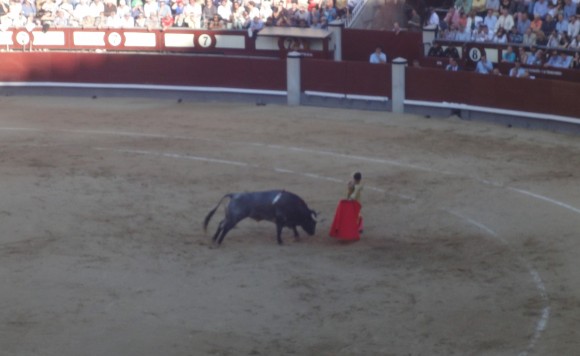
We had read the top Matadors are like celebrities in Spain and the fights are televised like a football match on the Sunday afternoon. You can see them hanging over the bullring being interviewed by the local Fox Sports equivalent. What surprised me is the fact that the Matador isn’t actively involved until the bull is withering down to 50% health. The famous ‘one on one’ dance element that we see and know of is against a weary demoralised beast. Hardly a fair fight.

The other amazing fact is that bulls are essentially colour blind. I had heard this before, but didn’t believe it because traditionally you always see the Matador with a beautiful bright red cape. The trainee Matadors use colours of all kinds – yellow, blue, pink etc. The bull is drawn to the cape because of the movement, not the colour. The Matador does this by tapping a sword across the back of the cape to create the impression of movement. As far we could figure out, the goal is to get the bull to attack the cape, shuffle past the Matador without touching and return as quickly as possible. There are a series of moves that can be awarded points and the locals cheer and yell ‘Ole’ when one has been successfully completed.


The amazement of the one on one battle is removed somewhat by the focus on movement. There are times when the Matador is standing inches away from the bull, but because he is perfectly still it is like the bull doesn’t even know he is there. Theoretically he could stand there all day until the bull slumped down and went to sleep. But there is still that surreal feeling that you are witnessing something wild like back in the Roman days – shortly a living breathing creature will be dead. 99.9% of the time it is the bull, but there is still the chance that something will go wrong and 10,000 people will witness the death of a man.

After a series of moves are completed and the bull is worn down, the Matador faces off with the bull one last time and strikes his sword deep into the back of the bulls head. If he misses, he must collect his sword and try again. When the bull collapses to its knees, one of the officials enters the ring, stands over the bull and delivers the final death blow to an area above the head. It is brutal to say the least. Still feeling the effects of a massive night out – we are rattled, sitting silently with jaws on the ground as the giant body is dragged from the arena with a sign-post held aloft showing its date of birth.

This happens five more times over the next two hours. To my surprise two separate Matadors cut things a bit close and are gored by the bull’s horn. They wear chest protectors these days, so they are just thrown to the ground rather than wounded. Still one goes under the trampling bull, manages to roll away and limps to the fence where security are waiting to pull him over. Each time this happens the arena erupts, and we are not sure if the crowd is hoping he escapes or dies before their eyes. It is a truly bizarre experience.

The crowd is something else as well. There are a surprising amount of locals (as opposed to a tourist gawkfest) ranging from old men in traditional hats to large groups of teenage girls carrying cushions they’ve brought from home. Behind us are a fashionably dressed 20-something couple who appear to be on a date. An interesting choice to say the least.
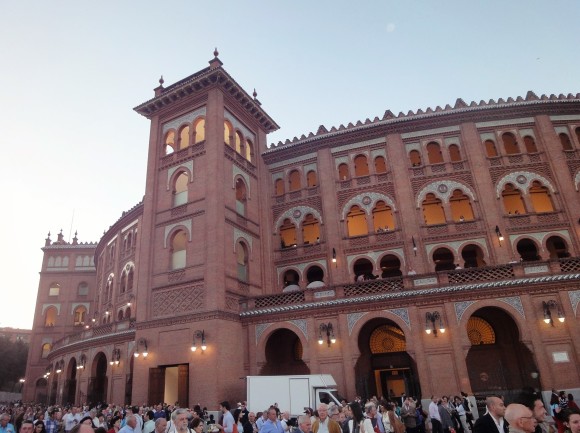
We wander out of the arena still in shock, trying to piece together what has gone on. Despite being a little sour on the supposed ‘sporting element’, I know that this is something I will never forget as long as I live. And that is what travel is all about really – different cultures, different experiences. The next day it’s a short flight to the Portuguese capital Lisbon, one of the real surprise packets of the trip.
Aaron







